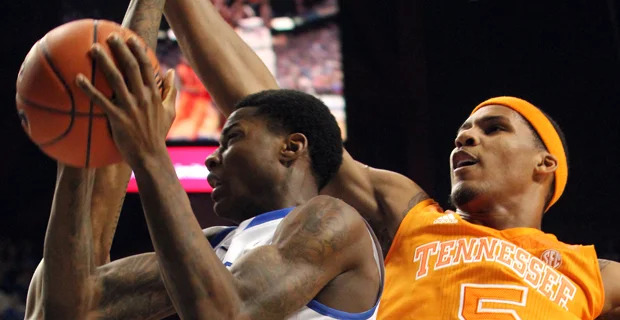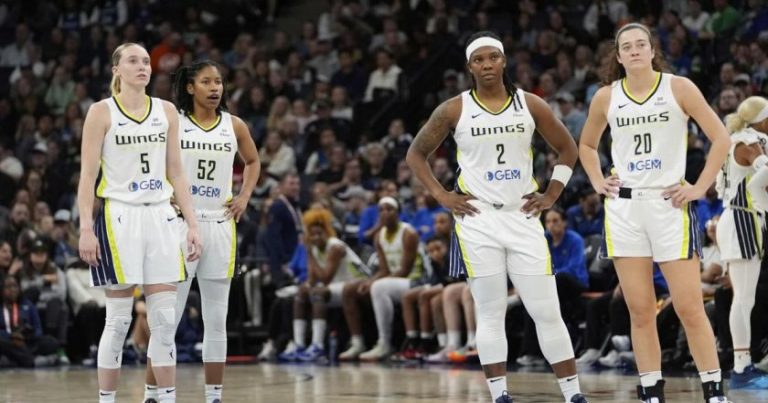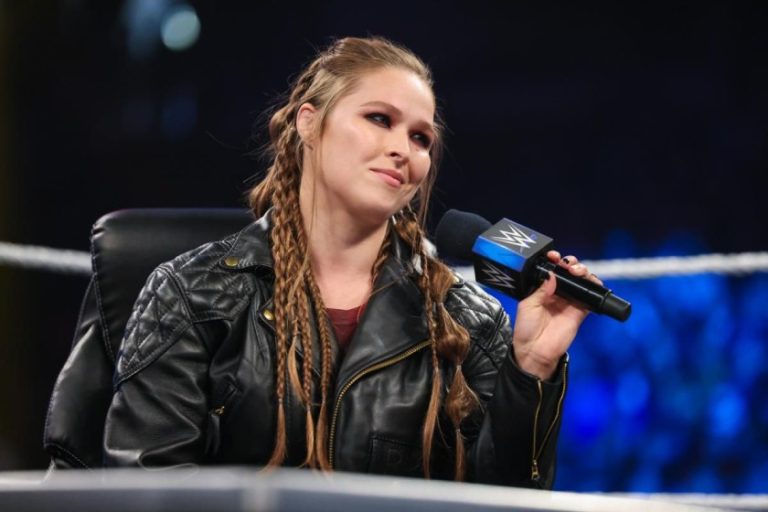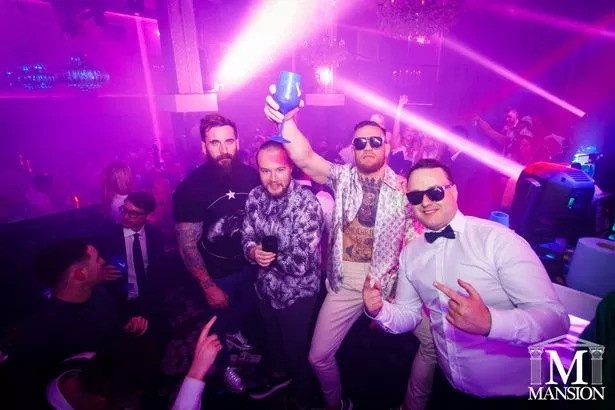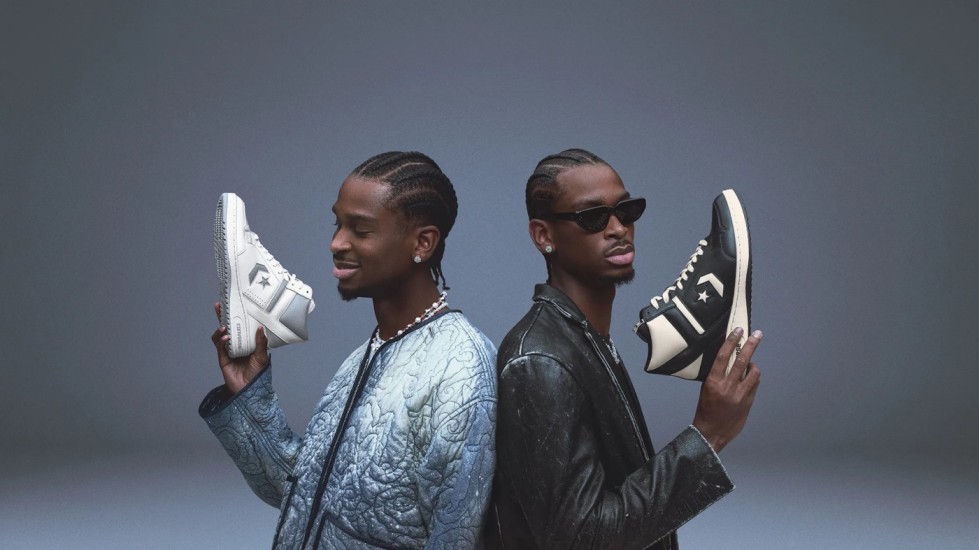
Table of Contents
Ever wondered about the true ownership behind some of the most iconic footwear in sports and culture? Many basketball and lifestyle enthusiasts, especially across the US, UK, and Canada, often ponder the relationship between sportswear titans. Specifically, the question, “Does Nike own Converse?” frequently pops up. The simple answer is yes, and this strategic acquisition has profoundly shaped the sneaker landscape, impacting everything from court performance to street style, and even influencing endorsement deals for stars like Shai Gilgeous-Alexander.
This isn’t just about corporate mergers; it’s about how these moves reverberate through the athletic world, affecting fan culture and brand loyalty from the NBA courts to casual wear in London or Toronto. Let’s lace up and explore the intricate business details.
The Strategic Play: Nike’s Acquisition of Converse
In a move that solidified its dominance in the global sportswear market, Nike officially acquired Converse in 2003 for approximately $309 million. At the time, Converse was facing financial difficulties, having filed for bankruptcy. Nike, known for its shrewd business acumen and aggressive expansion strategies, saw immense potential in the brand’s heritage and iconic status, particularly its deep roots in basketball.
This acquisition wasn’t merely about taking over a struggling company; it was a strategic masterstroke. Nike absorbed a brand with over a century of history, instantly expanding its portfolio beyond its core performance lines. For sports fans, especially those who appreciate the historical trajectory of basketball footwear, this merger meant a powerful entity was now behind the beloved Chuck Taylor All-Star and its athletic offshoots.
Why Converse Was a Prime Target for Nike
- Heritage and Icon Status: Converse boasts an unparalleled legacy in basketball, with the Chuck Taylor All-Star being synonymous with the sport’s early days. This historical gravitas offered Nike a cultural depth it didn’t fully possess in that specific vintage segment.
- Lifestyle Market Penetration: While Nike excelled in performance sportswear, Converse held a unique position in the casual and lifestyle footwear market. Its classic designs transcended athletic performance, becoming a staple in fashion and counter-culture movements across the US, UK, and Canada.
- Diversification of Portfolio: Owning Converse allowed Nike to cater to a broader demographic and diverse style preferences without diluting the Nike brand’s focus on cutting-edge innovation and elite performance. It was about capturing more market share, from the gym to the street.
The Impact on Endorsements: The Shai Gilgeous-Alexander Effect
One of the most compelling narratives illustrating the synergy between Nike and Converse post-acquisition is the rise of athletes like Shai Gilgeous-Alexander as the face of Converse Basketball. For years, Converse had a quieter presence in the professional basketball endorsement arena. However, with Nike’s backing, the brand has been revitalized, signing prominent NBA stars.
Shai Gilgeous-Alexander, the dynamic guard for the Oklahoma City Thunder, is arguably the most prominent contemporary endorser for Converse Basketball. His unique style, on-court flair, and growing superstardom have brought significant attention back to the brand. This partnership isn’t accidental; it’s a calculated move by Nike to leverage Converse’s basketball heritage while injecting it with modern relevance through a compelling athlete.
- Re-establishing On-Court Credibility: By signing elite talents like Shai Gilgeous-Alexander, Converse is once again seen on the highest stages of basketball, a critical step in regaining its performance footwear credibility, especially for younger generations of fans in the US and Canada.
- Marketing Synergies: Nike’s vast marketing infrastructure and global reach significantly amplify Converse’s campaigns. When Shai Gilgeous-Alexander showcases new Converse models, the marketing push benefits from Nike’s strategic planning and expansive network, reaching millions of fans globally.
- Connecting Eras: Athletes like Gilgeous-Alexander bridge the gap between Converse’s storied past and its ambitious future, appealing to both nostalgic fans and those looking for the next big thing in athletic footwear. [History of Basketball Shoes] – Justification: This offers readers who are interested in the historical aspect of basketball footwear a relevant internal resource.
What Does This Mean for the Sports Fan?
For the average sports fan, especially those engaged with the NBA or passionate about sneaker culture in the US, UK, and Canada, Nike’s ownership of Converse offers a broader spectrum of choices and a deeper connection to the sport’s history. It means that the heritage of the Chuck Taylor coexists with the innovation of the Nike LeBron or Jordan lines, all under one corporate umbrella.
This strategic alliance ensures that iconic designs receive modern updates and technological enhancements, while emerging talents are supported by a powerful global entity. It also fuels the vibrant debate among fans: which brand truly defines basketball footwear, and how do these legacies continue to evolve?
- Diverse Product Offerings: Fans benefit from a wider array of footwear, from classic lifestyle sneakers to modern performance basketball shoes.
- Enhanced Brand Storytelling: The combined marketing power allows for richer narratives that weave together historical moments with current athletic achievements.
- Future Innovations: With Nike’s R&D capabilities, Converse can integrate advanced technologies, promising exciting new products for athletes and consumers. [ Nike’s brand strategy ]
Conclusion: A United Front in the Sneaker Game
The answer to “Does Nike own Converse?” is a resounding yes, and this partnership has created a formidable force in the sportswear industry. From leveraging heritage to propelling modern stars like Shai Gilgeous-Alexander, the synergy between these two iconic brands under one roof means a richer, more diverse, and historically resonant landscape for sports enthusiasts across the US, UK, and Canada. It’s a compelling testament to how strategic business moves can redefine not just corporate empires, but also the very culture of sport and style that fans cherish. What are your thoughts on this powerful pairing? Share your favorite Converse memory or your bold predictions for their future in the comments below!
FAQs
1. Is Converse still an independent brand under Nike?
While Converse operates as a distinct brand, it is fully owned by Nike, Inc. This means Nike handles all major business decisions, manufacturing, and distribution, though Converse maintains its unique brand identity and design aesthetic.
2. How does Nike’s ownership impact Converse’s design and innovation?
Nike’s ownership has provided Converse with access to advanced technologies, materials, and manufacturing processes. This has allowed Converse to innovate on its classic designs and develop new performance-oriented footwear, like those worn by Shai Gilgeous-Alexander, while still preserving its signature style.
3. Are Converse shoes still popular in the US, UK, and Canada?
Absolutely. Converse, particularly the Chuck Taylor All-Star, remains immensely popular as a lifestyle shoe across the US, UK, and Canada. Its timeless appeal and versatility ensure its continued presence in fashion and casual wear. The resurgence of Converse Basketball, spearheaded by athletes like Gilgeous-Alexander, is also boosting its athletic popularity.
4. Does Nike own any other major sports brands?
Yes, Nike, Inc. has a robust portfolio of brands, with Jordan Brand being another prominent subsidiary that operates with a distinct identity but under Nike’s corporate umbrella. This strategy allows Nike to target various market segments and maintain its overall leadership position in the sportswear industry.
5. What’s next for Converse Basketball with Nike’s backing?
With the continued support from Nike and the visibility provided by athletes like Shai Gilgeous-Alexander, expect Converse Basketball to continue expanding its presence on the court. This could include more signature shoe lines, technological advancements in their performance models, and increased marketing efforts targeting the next generation of basketball stars and fans globally.
